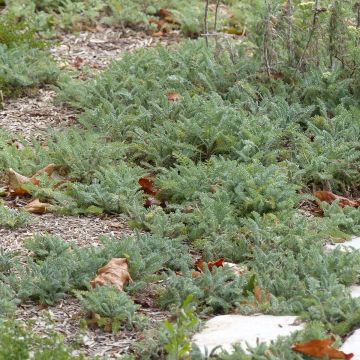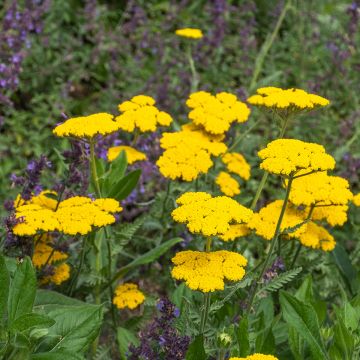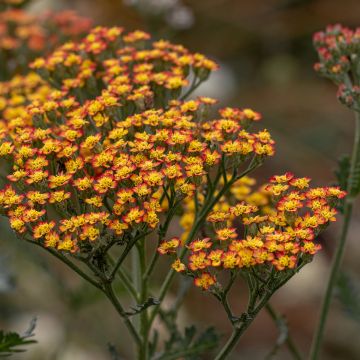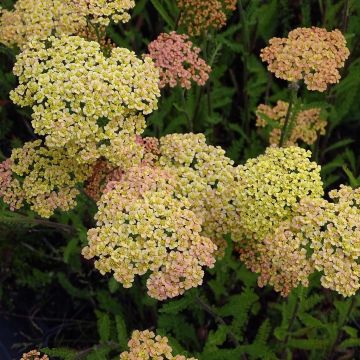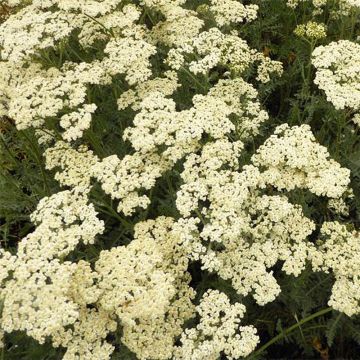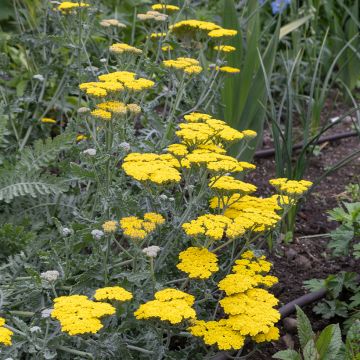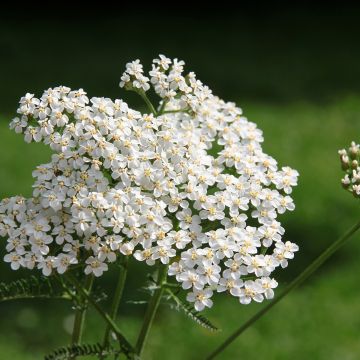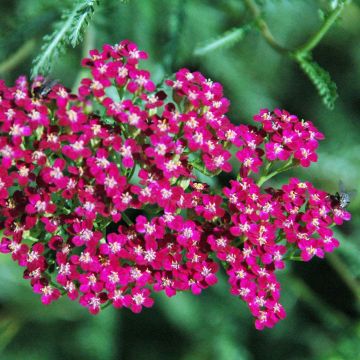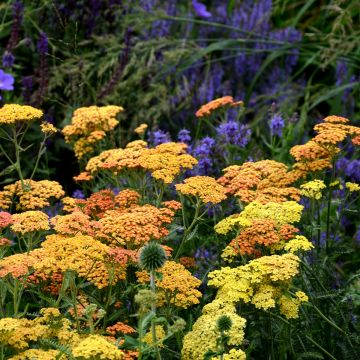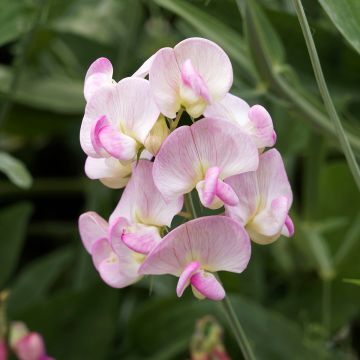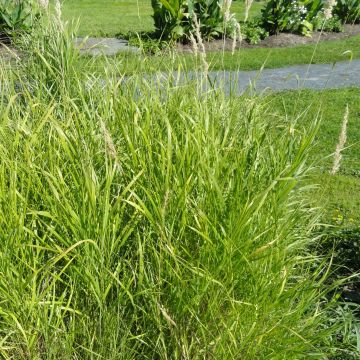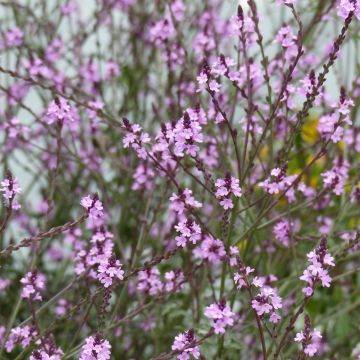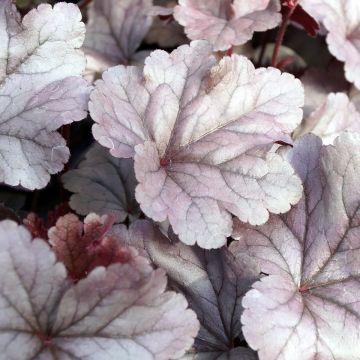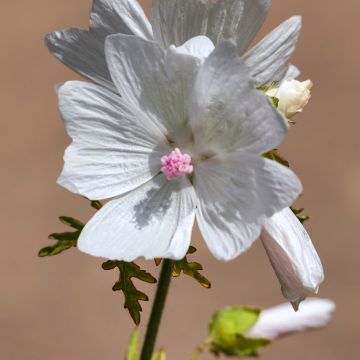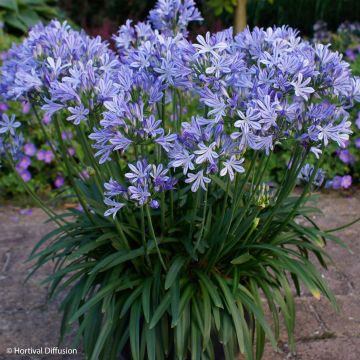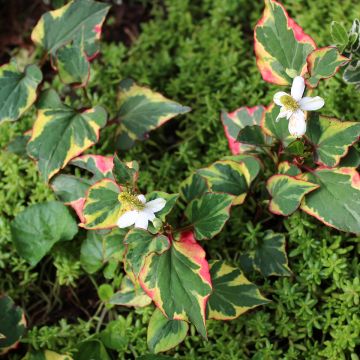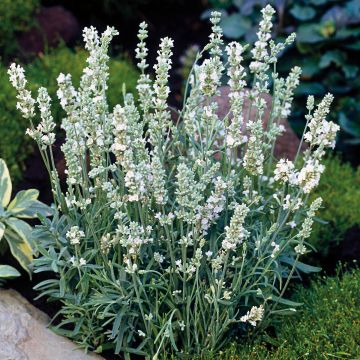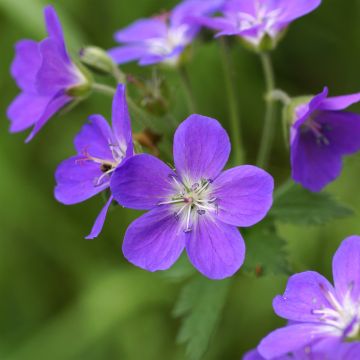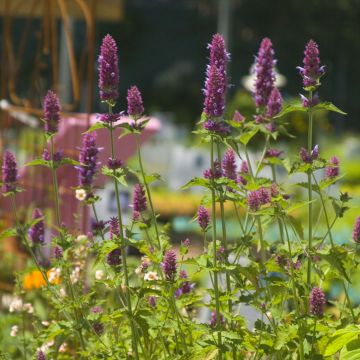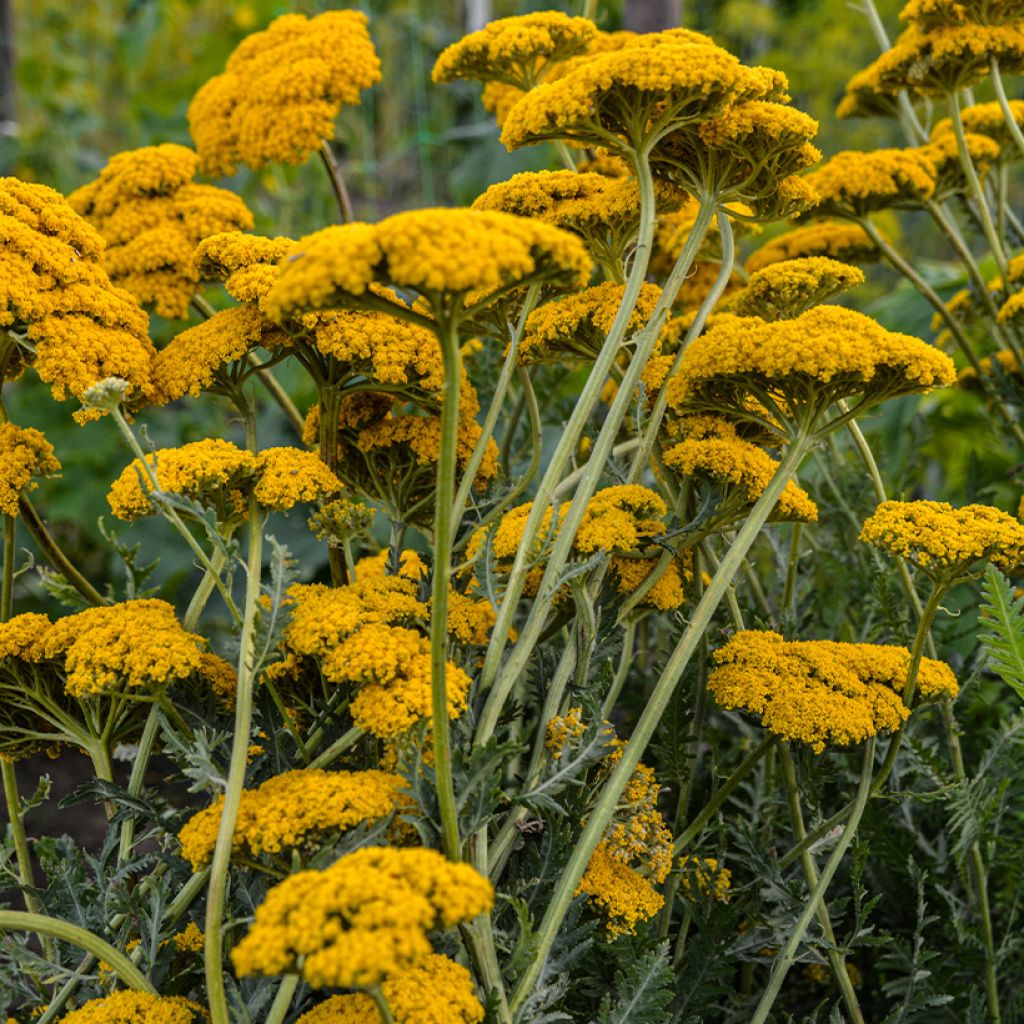

Achillea filipendulina Parkers Variety
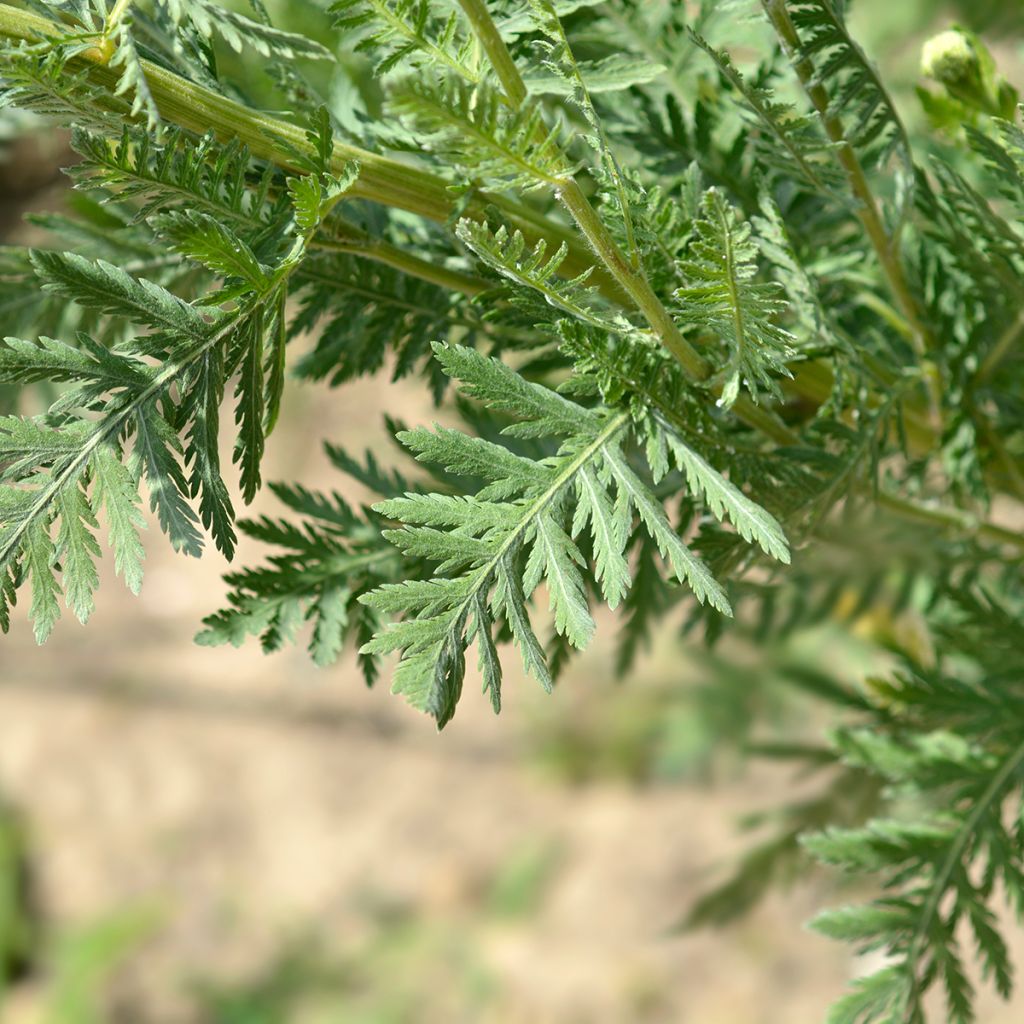

Achillea filipendulina Parkers Variety
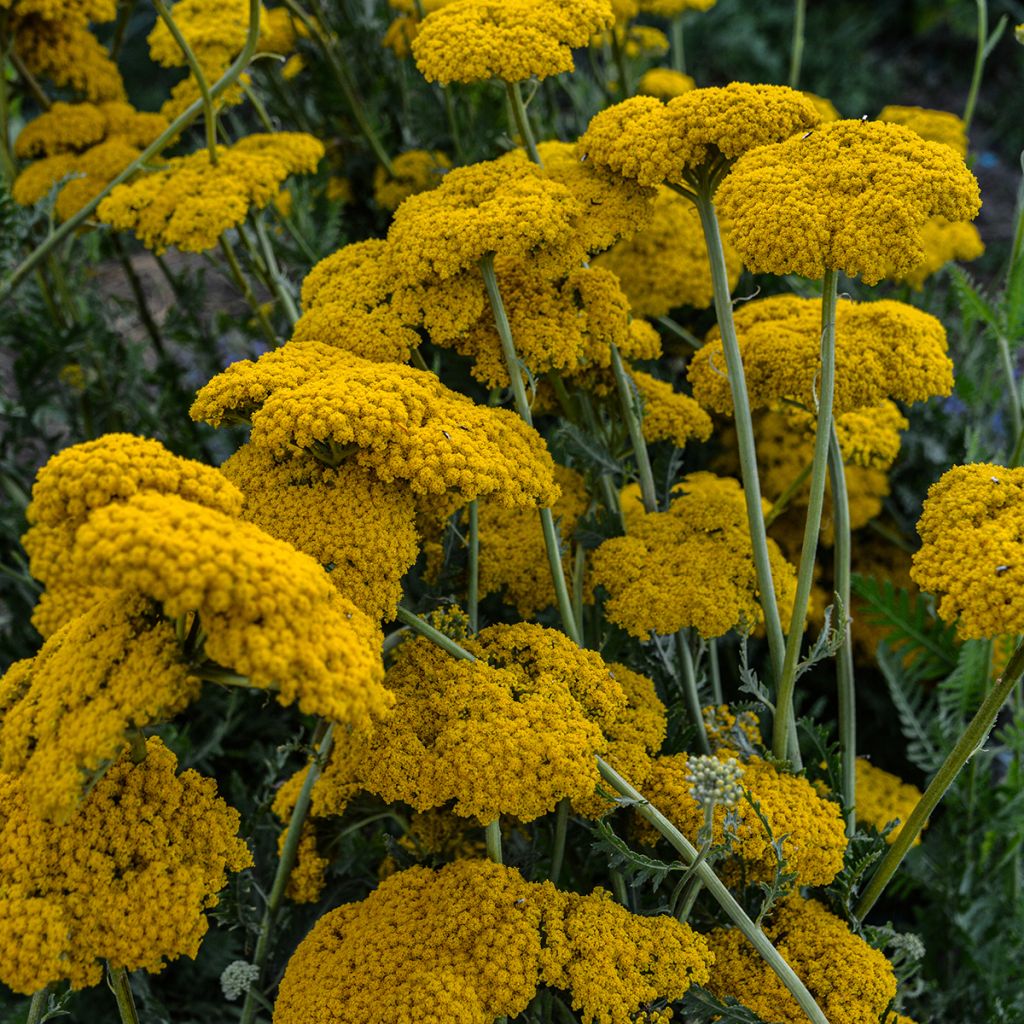

Achillea filipendulina Parkers Variety
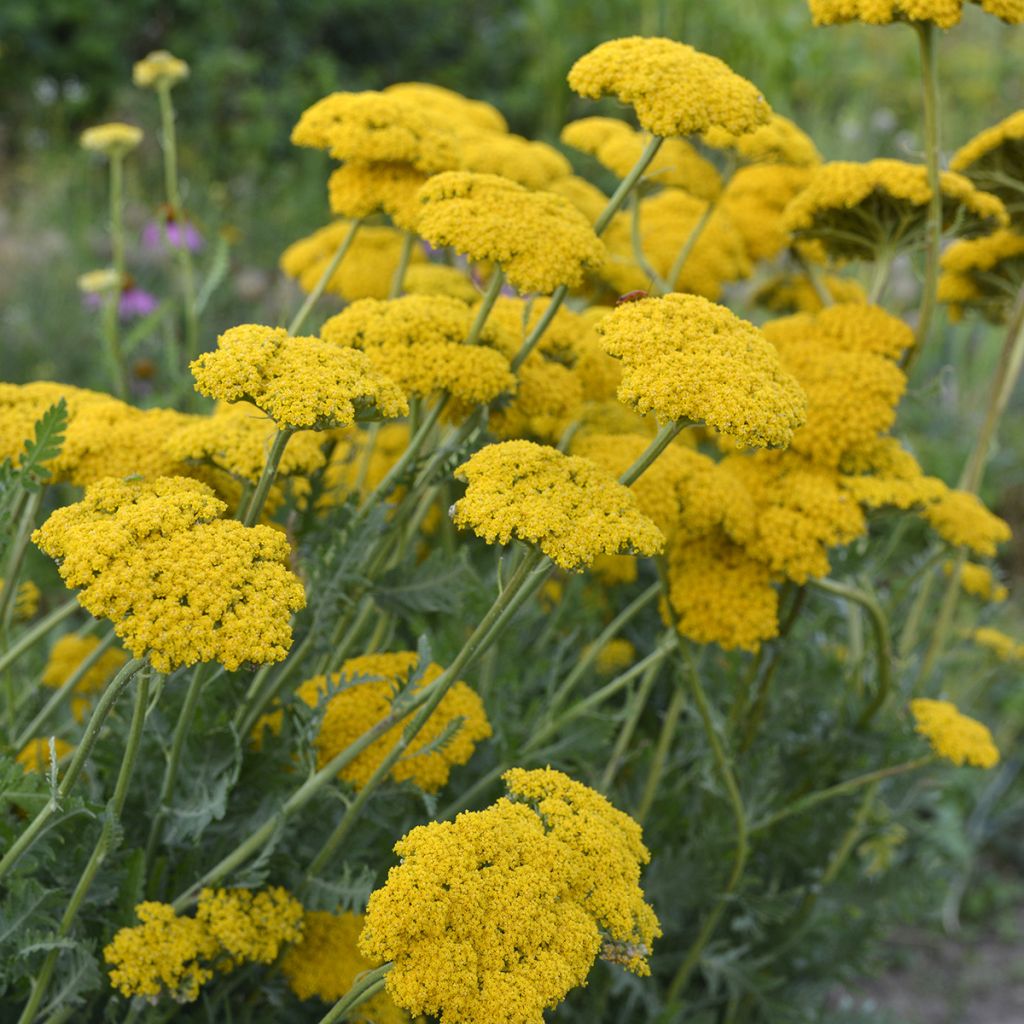

Achillea filipendulina Parkers Variety
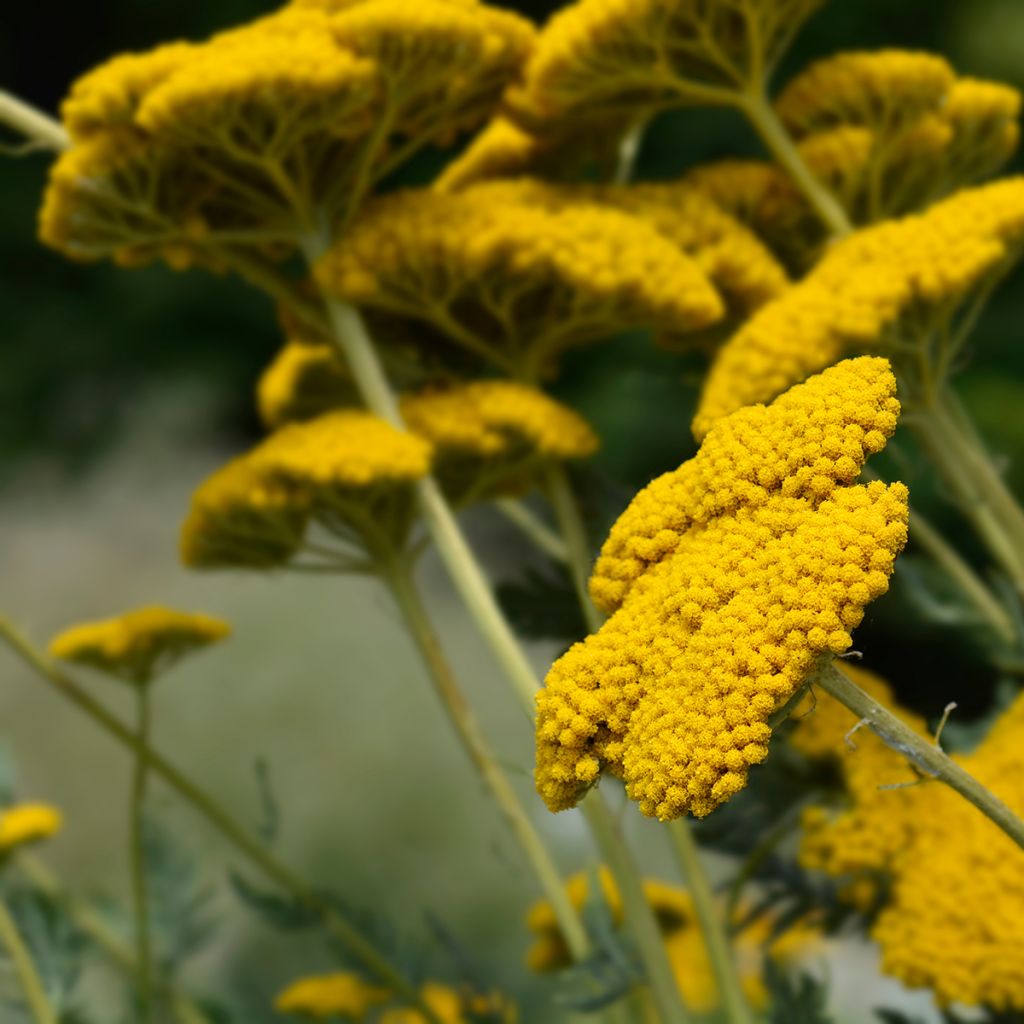

Achillea filipendulina Parkers Variety
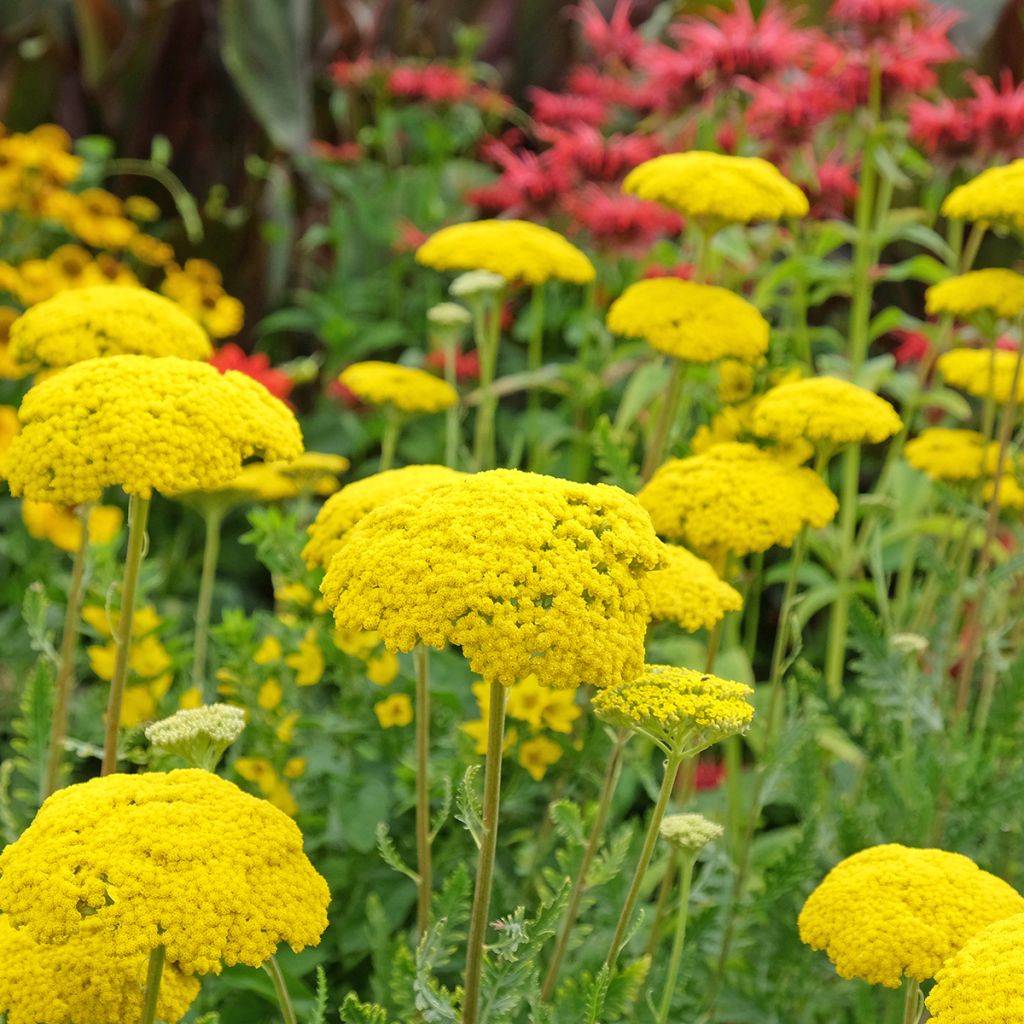

Achillea filipendulina Parkers Variety
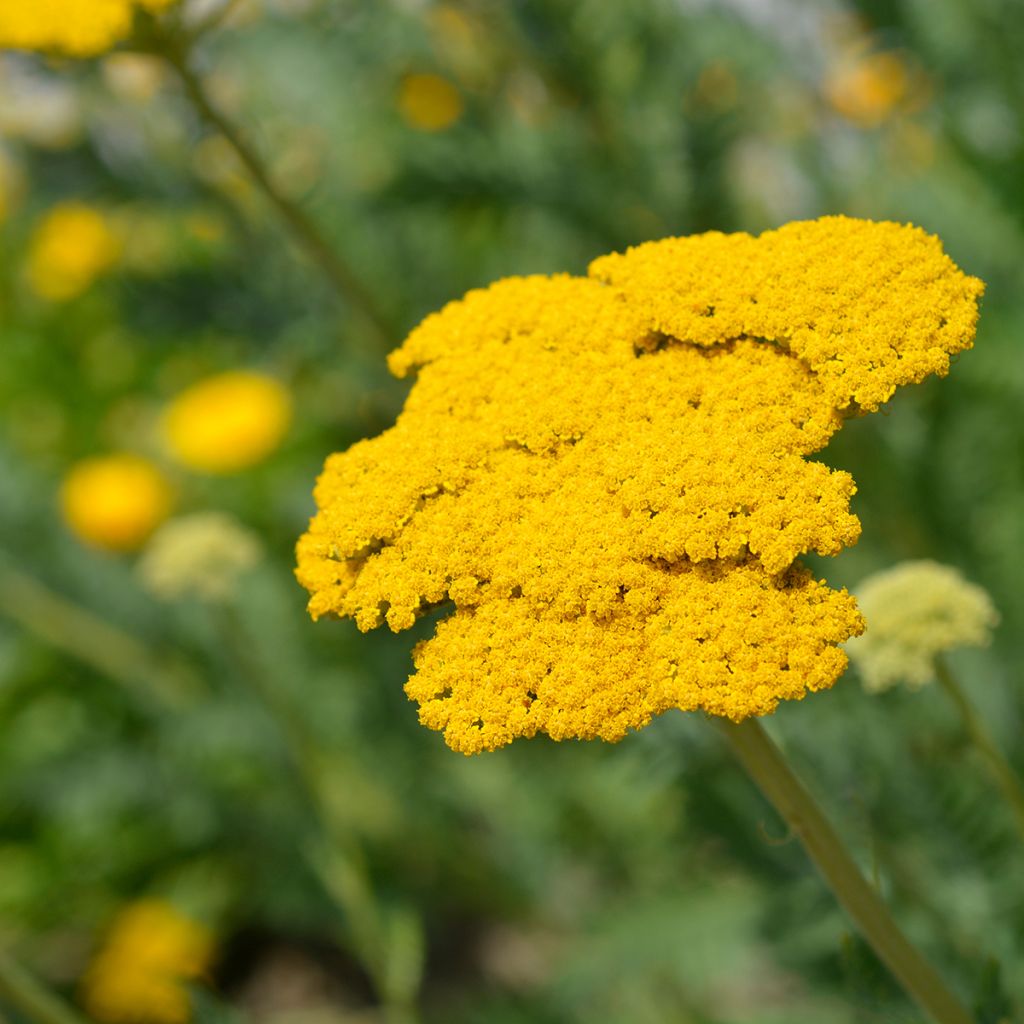

Achillea filipendulina Parkers Variety
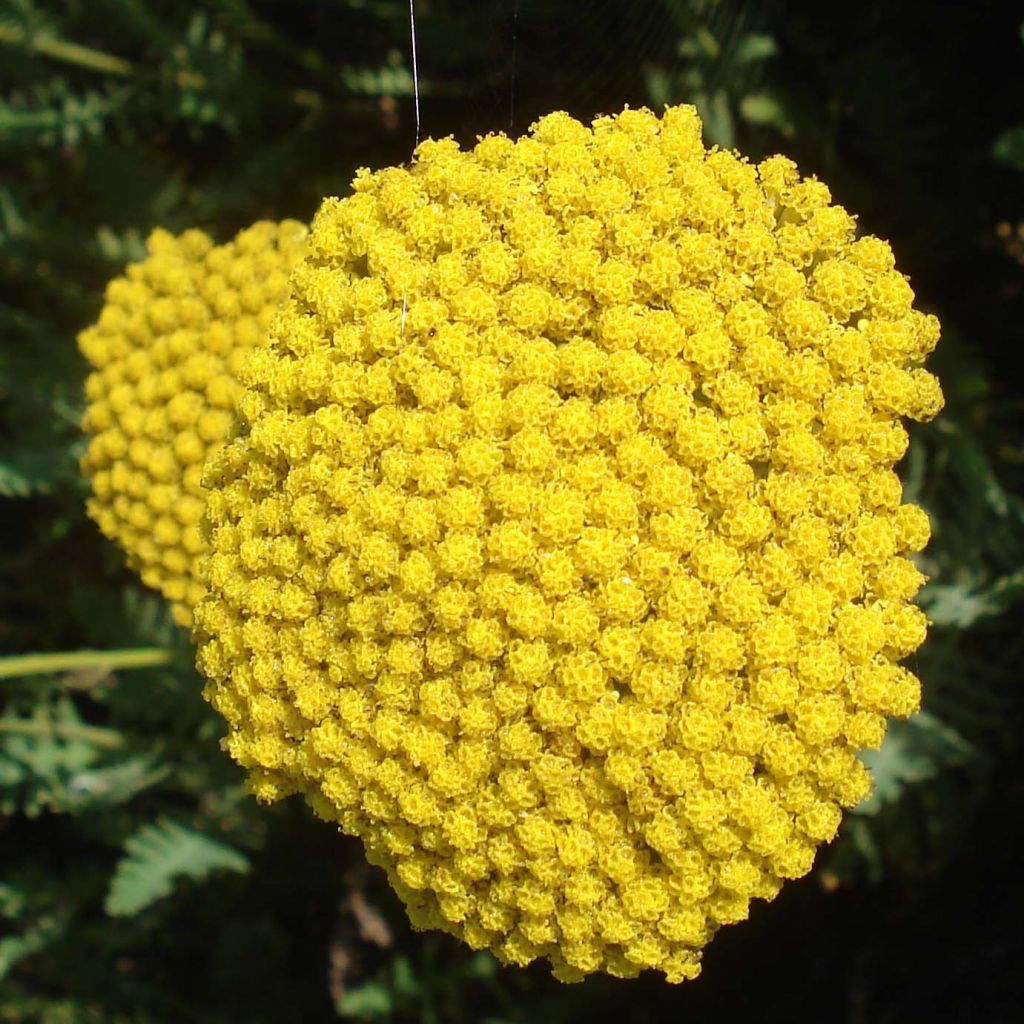

Achillea filipendulina Parkers Variety
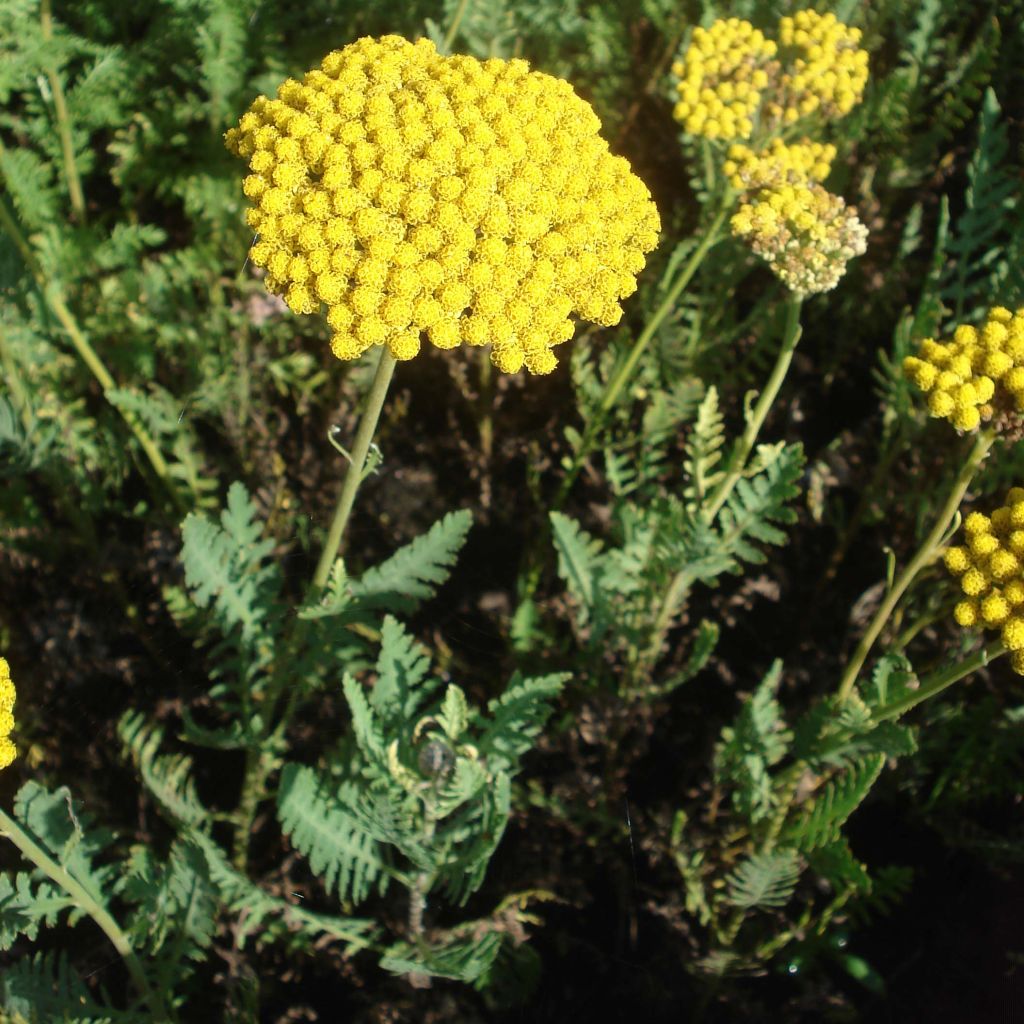

Achillea filipendulina Parkers Variety
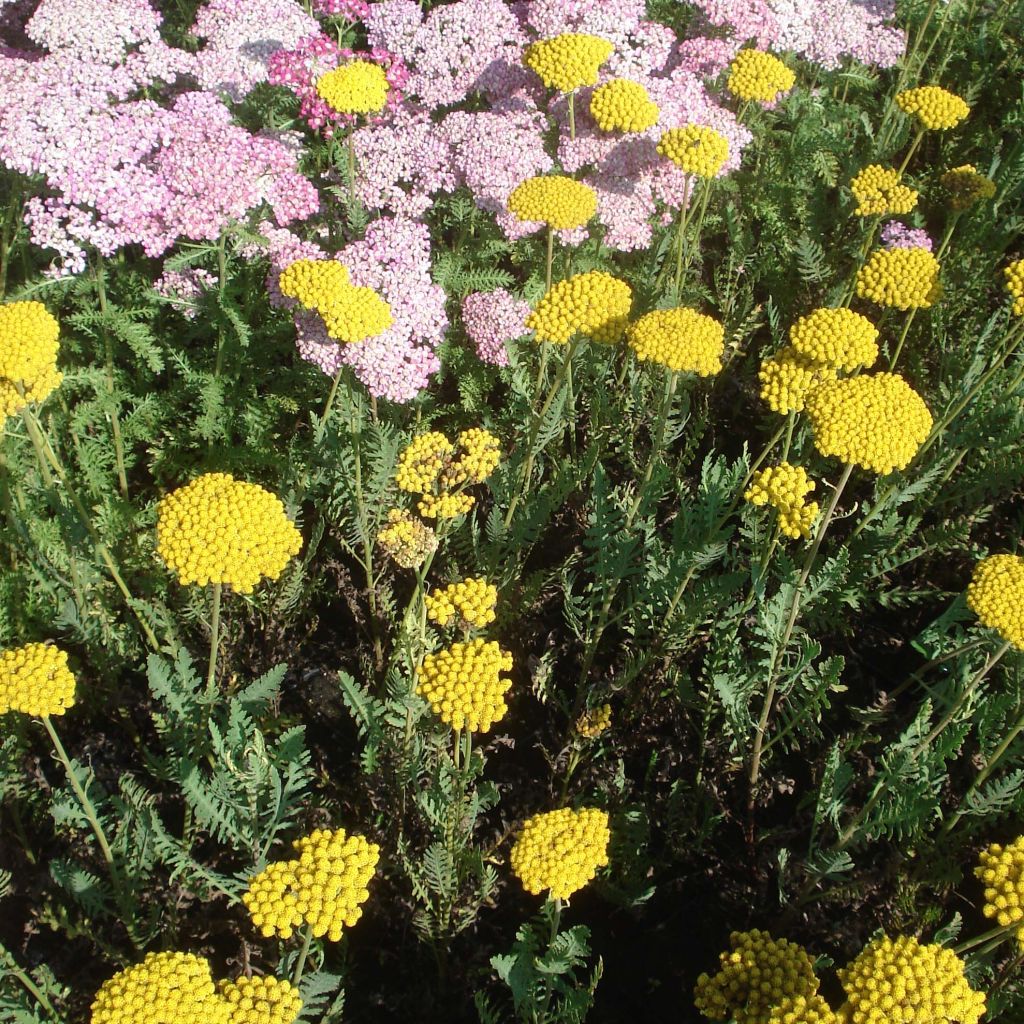

Achillea filipendulina Parkers Variety
Achillea filipendulina Parkers Variety
Achillea filipendulina Parker's Variety
Fernleaf Yarrow, Gold Yarrow
This item cannot be shipped to the selected country
Delivery charge from €5.90
More information
Schedule delivery date,
and select date in basket
This plant carries a 12 months recovery warranty
More information
We guarantee the quality of our plants for a full growing cycle, and will replace at our expense any plant that fails to recover under normal climatic and planting conditions.
From €5.90 for pickup delivery and €6.90 for home delivery
Express home delivery from €8.90.

Does this plant fit my garden?
Set up your Plantfit profile →
Description
The Achillea filipendulina 'Parker's Variety' is an imposing yarrow, a large cousin of the common yarrow, with a long flowering period of bright golden yellow. Throughout the summer, braving the heat, its broad, slightly rounded inflorescences tower above a beautiful clump of leafy stems that are somewhat greyish-green. Vigorous and hardy, this water-efficient perennial plant is stunning in a wild garden and in fresh or dried flower arrangements. Provide it with well-drained, moist or even dry soil in summer and a very sunny exposure.
Achillea filipendulina, also known as Fernleaf Yarrow or Eupatorium Yarrow, is a perennial plant with rhizomes that belongs to the Aster family. It grows across Central and Southwest Asia, including Kazakhstan, Afghanistan, Pakistan, Iran, Iraq, Turkey, and Caucasus. This plant is also naturalised in Europe and North America, making it adaptable.
The 'Parker's Variety' cultivar can grow up to 1 to 1.20 metres (3 to 4 feet) in height when it flowers and can spread over 60 cm (24 in) and more. The flower head is a slightly rounded corymb, 10 cm (4 in) in diameter. It has a long and highly nectar-rich flowering period, which extends from June to October. The flowers are made up of small globular clusters called corymbs that are densely arranged, giving the flower a chunky appearance. These heads, which appear at the tops of very rigid stems, are a bright golden yellow. The flowers give rise to fruits called achenes. The stem of the plant has an angular shape, with channels running along it and covered in fine, soft hairs. The foliage is deciduous or sometimes semi-evergreen, rough and downy, aromatic, and intensely lobed into fine strips. The leaves are lobed, feathery, and have a somewhat greyish-green colour.
Yarrows are sun-loving plants that are extremely hardy. The 'Parker's Variety' yarrow is an excellent addition to any country-style flower bed, large rockery, or slope. It helps to prevent erosion and pairs well with other sun-loving perennials, as well as red or bright blue flowers found in crocosmias, campanulas, asters, groundcover roses, and perennial delphiniums. In dry soil, it can be paired with echinaceas, Buenos Aires verbenas, shrubby salvias, Gaura, Caryopteris, or even 'Valerie Finnis' wormwood and tall thistles. Once established, it is drought-resistant, making it an excellent choice for combining lavender and rosemary in rocky soil.
As per Pliny, a Roman naturalist from the first century AD, the plant's name is derived from Achilles, a hero of Greek mythology, who used it to heal his wounds. The healing properties of this plant were discovered by Achilles during the Trojan War, when he was advised by Venus to treat his wound with it. In reality, the plant has medicinal properties such as hemostatic, which stops bleeding, the leaves have healing properties, and the flowers have a stimulating, tonic, and fever-reducing effect. The young shoots of this plant can also be used in omelettes or salads.
Report an error about the product description
Achillea filipendulina Parkers Variety in pictures




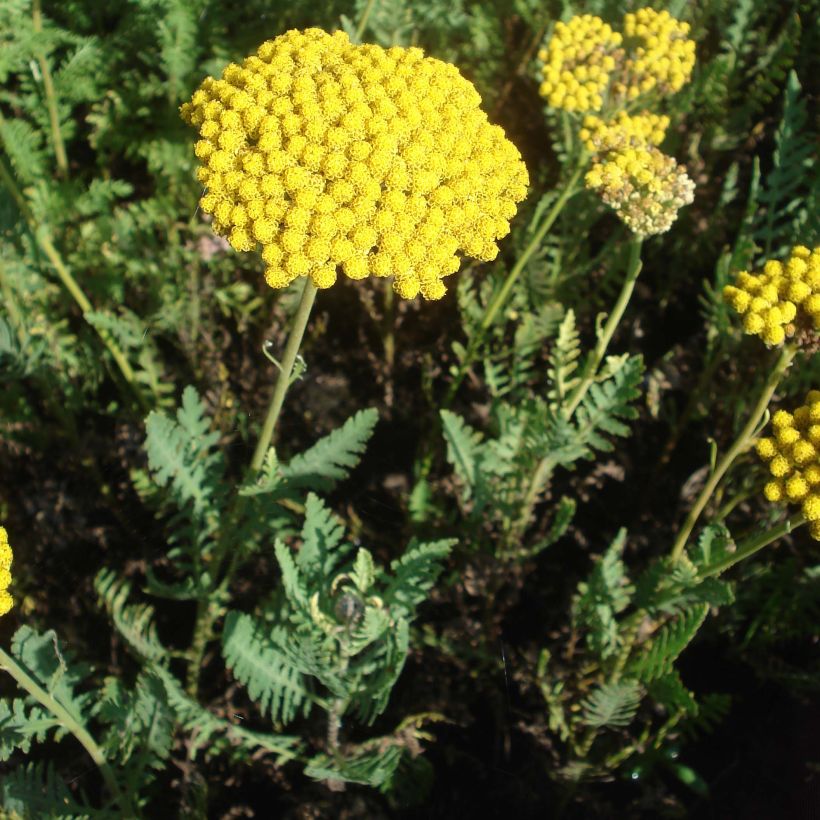

Flowering
Foliage
Plant habit
Botanical data
Achillea
filipendulina
Parker's Variety
Asteraceae
Fernleaf Yarrow, Gold Yarrow
Cultivar or hybrid
Other Achillea
Planting and care
The Achillea filipendulina can be planted in pots throughout the year, with 5 feet of space required per square metre in well-worked and well-draining soil. It can grow in any soil type, whether limestone, dry, moist, or well-drained, and even adapt to healthy and well-amended clay soils. For optimal growth, it prefers to be planted in full sun. To encourage the growth of young shoots in spring, it is recommended to cut off faded flowers and trim all vegetation at the end of the season. Additionally, it is recommended to divide the shrub in spring every 4 to 5 years.
Planting period
Intended location
Care
-
, onOrder confirmed
Reply from on Promesse de fleurs
Summer flowering perennials
Haven't found what you were looking for?
Hardiness is the lowest winter temperature a plant can endure without suffering serious damage or even dying. However, hardiness is affected by location (a sheltered area, such as a patio), protection (winter cover) and soil type (hardiness is improved by well-drained soil).

Photo Sharing Terms & Conditions
In order to encourage gardeners to interact and share their experiences, Promesse de fleurs offers various media enabling content to be uploaded onto its Site - in particular via the ‘Photo sharing’ module.
The User agrees to refrain from:
- Posting any content that is illegal, prejudicial, insulting, racist, inciteful to hatred, revisionist, contrary to public decency, that infringes on privacy or on the privacy rights of third parties, in particular the publicity rights of persons and goods, intellectual property rights, or the right to privacy.
- Submitting content on behalf of a third party;
- Impersonate the identity of a third party and/or publish any personal information about a third party;
In general, the User undertakes to refrain from any unethical behaviour.
All Content (in particular text, comments, files, images, photos, videos, creative works, etc.), which may be subject to property or intellectual property rights, image or other private rights, shall remain the property of the User, subject to the limited rights granted by the terms of the licence granted by Promesse de fleurs as stated below. Users are at liberty to publish or not to publish such Content on the Site, notably via the ‘Photo Sharing’ facility, and accept that this Content shall be made public and freely accessible, notably on the Internet.
Users further acknowledge, undertake to have ,and guarantee that they hold all necessary rights and permissions to publish such material on the Site, in particular with regard to the legislation in force pertaining to any privacy, property, intellectual property, image, or contractual rights, or rights of any other nature. By publishing such Content on the Site, Users acknowledge accepting full liability as publishers of the Content within the meaning of the law, and grant Promesse de fleurs, free of charge, an inclusive, worldwide licence for the said Content for the entire duration of its publication, including all reproduction, representation, up/downloading, displaying, performing, transmission, and storage rights.
Users also grant permission for their name to be linked to the Content and accept that this link may not always be made available.
By engaging in posting material, Users consent to their Content becoming automatically accessible on the Internet, in particular on other sites and/or blogs and/or web pages of the Promesse de fleurs site, including in particular social pages and the Promesse de fleurs catalogue.
Users may secure the removal of entrusted content free of charge by issuing a simple request via our contact form.
The flowering period indicated on our website applies to countries and regions located in USDA zone 8 (France, the United Kingdom, Ireland, the Netherlands, etc.)
It will vary according to where you live:
- In zones 9 to 10 (Italy, Spain, Greece, etc.), flowering will occur about 2 to 4 weeks earlier.
- In zones 6 to 7 (Germany, Poland, Slovenia, and lower mountainous regions), flowering will be delayed by 2 to 3 weeks.
- In zone 5 (Central Europe, Scandinavia), blooming will be delayed by 3 to 5 weeks.
In temperate climates, pruning of spring-flowering shrubs (forsythia, spireas, etc.) should be done just after flowering.
Pruning of summer-flowering shrubs (Indian Lilac, Perovskia, etc.) can be done in winter or spring.
In cold regions as well as with frost-sensitive plants, avoid pruning too early when severe frosts may still occur.
The planting period indicated on our website applies to countries and regions located in USDA zone 8 (France, United Kingdom, Ireland, Netherlands).
It will vary according to where you live:
- In Mediterranean zones (Marseille, Madrid, Milan, etc.), autumn and winter are the best planting periods.
- In continental zones (Strasbourg, Munich, Vienna, etc.), delay planting by 2 to 3 weeks in spring and bring it forward by 2 to 4 weeks in autumn.
- In mountainous regions (the Alps, Pyrenees, Carpathians, etc.), it is best to plant in late spring (May-June) or late summer (August-September).
The harvesting period indicated on our website applies to countries and regions in USDA zone 8 (France, England, Ireland, the Netherlands).
In colder areas (Scandinavia, Poland, Austria...) fruit and vegetable harvests are likely to be delayed by 3-4 weeks.
In warmer areas (Italy, Spain, Greece, etc.), harvesting will probably take place earlier, depending on weather conditions.
The sowing periods indicated on our website apply to countries and regions within USDA Zone 8 (France, UK, Ireland, Netherlands).
In colder areas (Scandinavia, Poland, Austria...), delay any outdoor sowing by 3-4 weeks, or sow under glass.
In warmer climes (Italy, Spain, Greece, etc.), bring outdoor sowing forward by a few weeks.

































